Vision Scotland : Better vision for life
Implantable lens surgery
Implantable lens surgery is like having permanent contact lenses – and is a great alternative if you’re unable to have laser eye surgery.
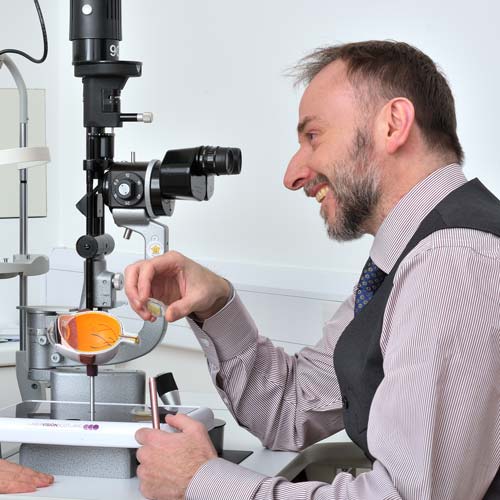
If, for whatever reason, you cannot have laser eye surgery, implantable lens surgery is a relatively simple procedure that can help improve your vision, whether you are short-sighted, long-sighted or have an astigmatism.
It works by implanting a second lens into your eye, in addition to your natural lens – similar to a wearing contact lenses, but permanently. Depending on your needs, the synthetic memory polymer lens can be placed either in front or behind the pupil, to give you significantly better vision without the need to for glasses or contacts.
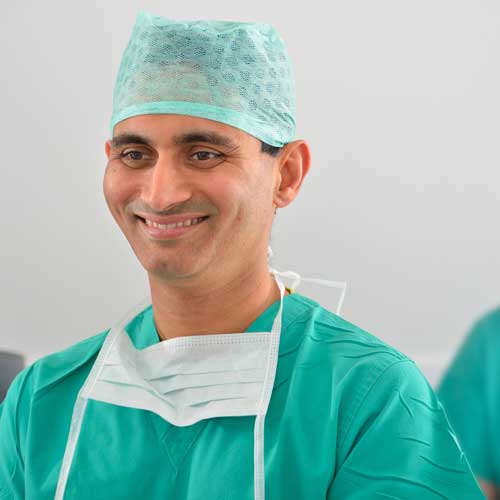
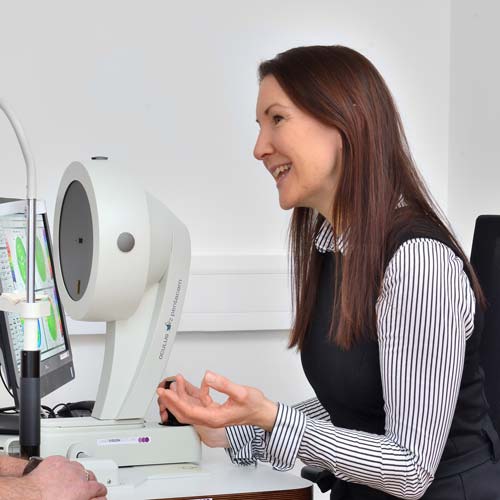
Your consultation is a really important part of the process for both of us. It only takes about 90 minutes but during this time you will get the chance to meet our team, including your Vision Scotland surgeon, take a look around our private hospital’s exceptional facilities, and ask any questions you have about your options and what is involved for each treatment.
To give us all the information your Vision Scotland surgeon needs, our experienced optometrists will perform a few non-invasive, totally painless tests. If implantable lens surgery is not right for you, we will advise you on any alternative treatments that will make the biggest improvements to your vision as well as your life. We will always recommend the best options for your specific needs – and we would never suggest a procedure if we did not believe it was the right one for you.
Feel free to ask your Vision Scotland surgeon as many questions as you like – any surgery can be daunting, but we are sure that once you have all the information you need, you will be more confident about making the right choice. It is a big decision, so we always recommend discussing it with your family first. You could even choose to bring someone along to your consultation.
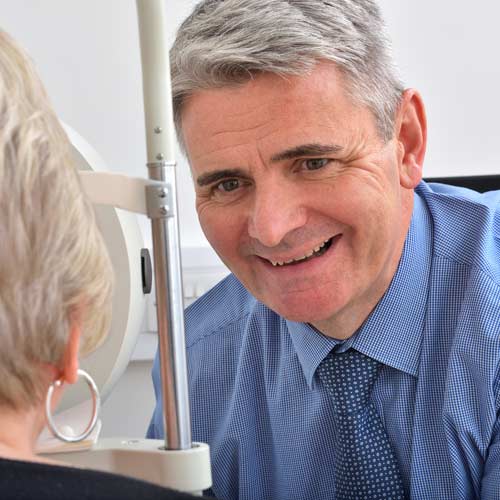
We will give you special drops to dilate the pupil of your eye.
Further anaesthetic drops will totally numb your eye so you will not feel a thing.
After a short time, once we are sure your eye is completely numb, your experienced surgeon will
make a tiny incision on your eye.
Your experienced surgeon will then carefully put your new synthetic lens into
position.
Now that the surgery is over, we will give you an antibiotic solution to reduce any risk of infection and you will be taken to the recovery suite to relax with refreshments.
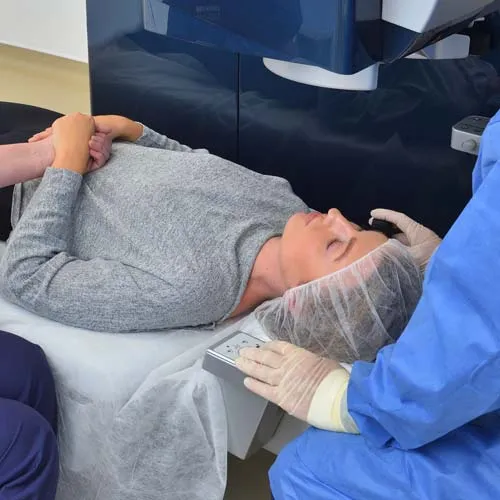
The most common lens used in this procedure is the Visian ICL, and is implanted behind the pupil. But you may be advised to choose a lens that is implanted in front of the pupil, this is called an Artisan or Verysise lens.
This is a highly effective procedure with a 95% patients satisfaction rate, but can be reversed in the future if needed.

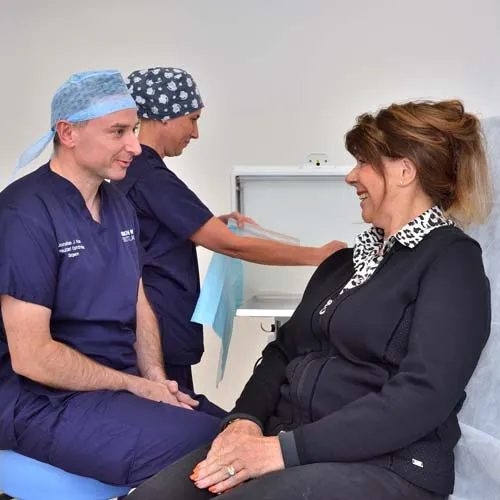
You should be able to see again straightaway but your vision may be blurry for a day or two – so please don’t drive until you’re confident enough to do so. You definitely shouldn’t drive yourself immediately afterwards, so please ensure you have a lift home.
You’ll leave us with a clear plastic shield over your treated eye, which you can remove the following day, and start using the eye drops provided. Please ensure you use them as directed by your surgeon.